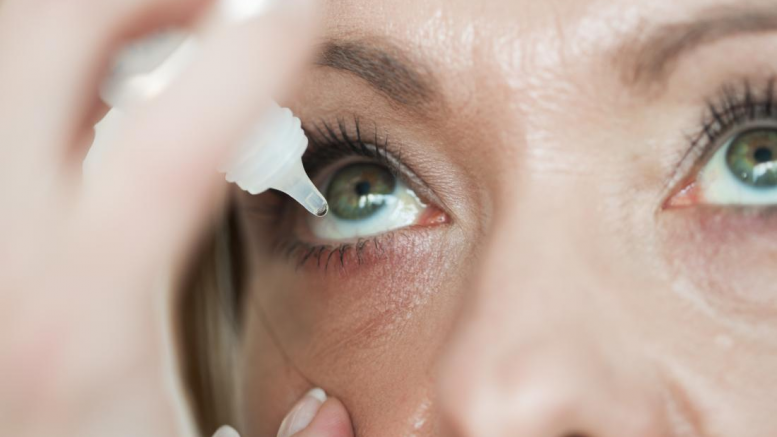One of the common issues we face as we age is our eyesight. Age-related eye disorders are common, so frequent examination by an ophthalmologist is extremely important in maintaining your eyesight as you age.
Macular Degeneration
The most common age-related eye disorder is Macular Degeneration (AMD). This condition is common in people over the age of 50 and causes damage to the “macula or the small spot near the centre of the retina.” Macular degeneration develops slowly over time. The symptoms are a blurred area near the centre of vision in the eye. Objects are blurry or not as bright as normally seen.
AMD doesn’t often lead to complete blindness but will impede normal everyday activities. AMD is diagnosed by an ophthalmologist, who performs a series of tests to measure sight distances and changes in the central vision. The physician will also perform additional tests such as the “Fluorescein angiogram”, or an “Optical Coherence Tomography”, to rule out AMD.
Treatments for AMD depend on the stages of the disease. Early stages are evaluated yearly to determine any advancement of the disease. Intermediate AMD can be delayed with vitamin supplements like Vitamin C, Vitamin E, Zinc, Copper, Lutein and Zeaxanthin. Late state AMD will require the injection of “Anti-VEGF” or vascular endothelial growth factor in the eyes.
These injections help to block the growth of abnormal blood vessels in the eye. Other treatments are “photodynamic therapy”, which is laser treatments in the areas of the retina and “hot”, laser treatments to destroy abnormal blood vessels in the eye.
Yearly examinations by an ophthalmologist, such as PersonalEyes, are essential for maintaining good eyesight. Prevention and early treatment can help with preserving your eyesight for many years.
Cataracts
Cataracts are an age-related eye disorder that affects individuals over the age of 60. This disease is very common. Cataracts are the clouding of the eye lens. Proteins in the eye clump together and will cloud small areas of the eye. These cloudy areas tend to grow over time. The causes of cataracts, along with aging are smoking, diabetes, and overall wear and tear of the eye.
Cataracts will reduce the sharpness of images and clouds the lens. Cataracts will reduce the amount of light reaching the retina. The symptoms of cataracts start with blurriness, faded colours, poor night vision, and double vision.
Cataracts can occur after eye surgeries, diabetes or steroid use. Traumatic injuries to the eyes can lead to cataracts. Cataracts can also be congenital or after exposure to radiation. Treatment for cataracts requires surgery. This type of surgery is one of the safest and most effective surgical procedures.
Glaucoma
Glaucoma is an age-related eye disorder that damages the optic nerve and results in vision loss or blindness. Testing for this disorder is completed at each eye examination. Glaucoma will cause high pressure in the eye. This results in distortion in the side or peripheral vision. Glaucoma is the leading cause of blindness.
Early treatment of this disorder can protect the eyes from “serious vision loss”, and is instrumental in controlling the progression. The risks of getting Glaucoma to depend on the age of the person or family history.
The common treatment for this disorder is medicine, “laser trabeculoplasty”, or surgery. Medicine for this disorder will reduce the fluid in the eyes or lowers the eye pressure. Laser Trabeculoplasty is performed to drain the fluid out of the eye. Surgical procedures can be done to create an opening in the eye for draining fluid.
Dry Eye or Low Vision
Other common age-related eye disorders are “dry eye”, and “low vision.” Dry eye occurs when the eye stops producing tears. This can lead to difficulty reading, using a computer for any length of time. Medications, age or other disorders can cause dry eye.
Medications may be prescribed for this disorder or if severe, surgical intervention. Low vision often occurs as we age, causing difficulty in everyday tasks. For those suffering from low vision, using magnifiers for reading or computers is essential. Large print or talking watches or clocks will help.




Be the first to comment on "Age-Related Eye Disorders And Its Treatments"